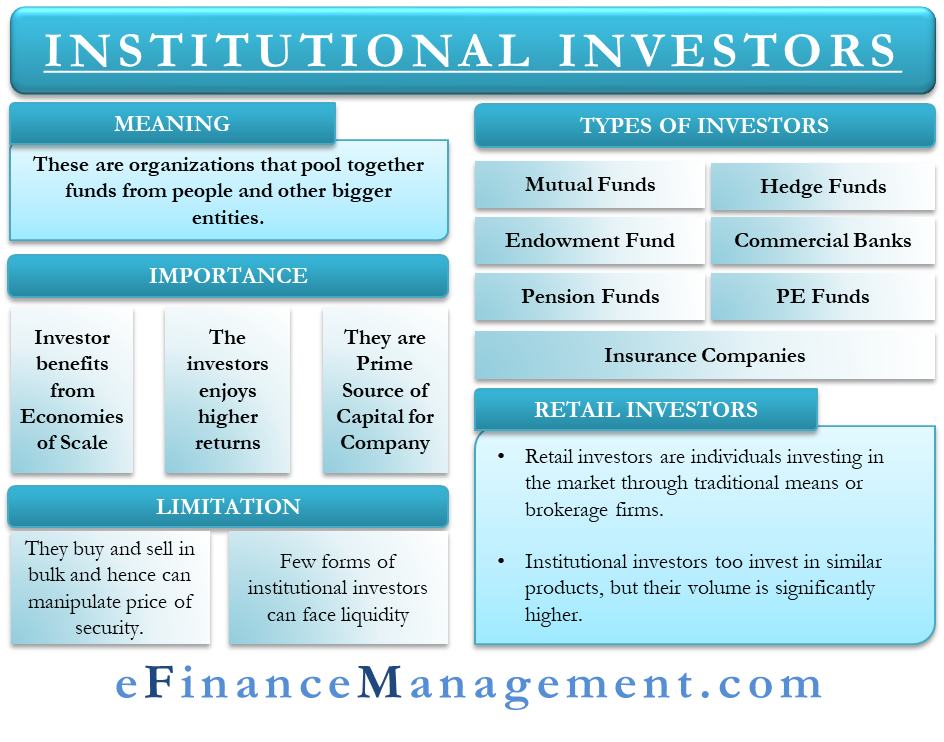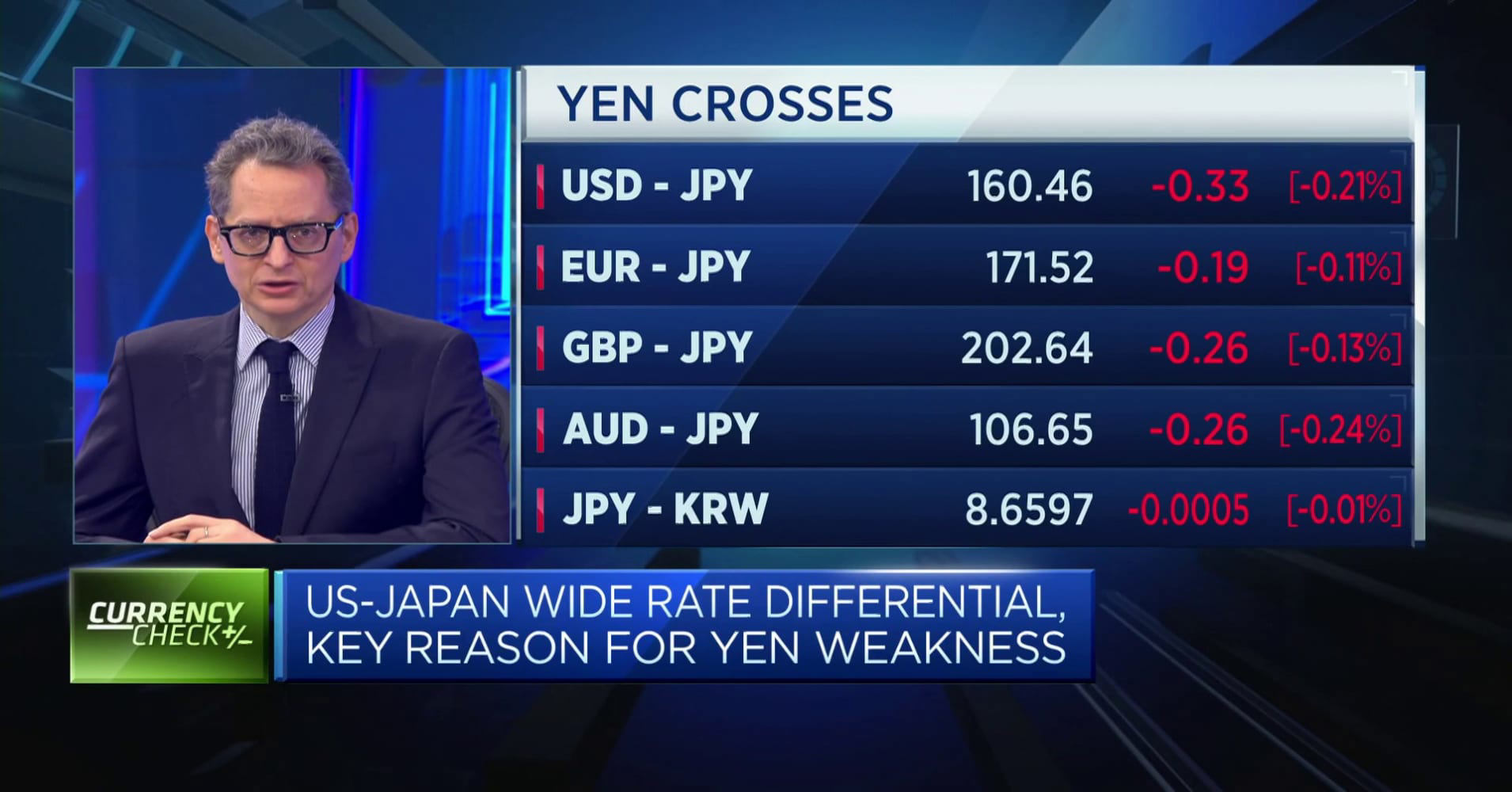Higher Stock Prices, Higher Risks: What Investors Should Know

Table of Contents
Identifying the Signs of Overvalued Stocks
One of the primary challenges in a market characterized by higher stock prices is identifying potentially overvalued stocks. Overvalued stocks carry a significantly higher risk of experiencing a price correction, potentially leading to substantial losses. Several methods can help investors assess valuation.
-
Using Valuation Metrics: Key metrics like the price-to-earnings ratio (P/E) and the price-to-sales ratio (P/S) provide valuable insights into a company's valuation relative to its earnings and revenue. A high P/E ratio, for instance, might indicate that the market is pricing a stock above its intrinsic value. Similarly, a high P/S ratio compared to industry peers can suggest overvaluation.
-
Comparative Analysis: Comparing a company's valuation metrics to its industry peers and its own historical performance is crucial. A stock trading at a significantly higher P/E ratio than its competitors might be a red flag. Similarly, a sharp increase in a company's valuation compared to its recent history warrants closer scrutiny.
-
Limitations of Metrics: It's vital to remember that these metrics are not foolproof. High-growth companies, for example, might justify higher P/E ratios due to their strong future earnings potential. Investors should always consider the broader context and qualitative factors when analyzing valuations.
-
Fundamental and Technical Analysis: Fundamental analysis, focusing on a company's financial health and future prospects, combined with technical analysis, which examines price charts and trading volume, provides a more comprehensive picture. These tools help in discerning whether a high price reflects genuine value or market speculation.
-
Market Indicators: Market-wide indicators, such as the Shiller P/E ratio (CAPE), can offer insights into overall market valuation. Elevated levels of these indicators often suggest a potentially overvalued market.
Understanding Market Volatility and Corrections
Market volatility, the fluctuation in stock prices, is inherently linked to higher stock prices. When prices are elevated, even a small percentage decline can translate into significant dollar losses. Understanding the difference between various levels of market downturn is crucial:
-
Market Volatility: Higher stock prices often coincide with increased market volatility. This means that prices can swing dramatically in both directions, creating both opportunities and significant risks. Increased volatility amplifies the potential for both gains and losses.
-
Market Corrections vs. Crashes: A market correction typically involves a 10-20% decline from a recent peak, while a market crash represents a much steeper and more sustained fall. Higher stock prices exacerbate the impact of both corrections and crashes because the potential fall from a higher starting point is greater.
-
Diversification: A well-diversified portfolio is a critical tool for mitigating risk in a volatile market. By spreading investments across different asset classes (stocks, bonds, real estate, etc.) and sectors, investors can reduce their exposure to any single asset's price fluctuations.
-
Risk Tolerance: Investors should honestly assess their own risk tolerance. Those with a lower risk tolerance should consider a more conservative investment strategy, potentially reducing their exposure to higher-priced, more volatile stocks. Adjusting your investment strategy to match your comfort level with risk is essential.
The Role of Investor Sentiment and Speculation
Investor sentiment plays a significant role in driving stock prices, sometimes beyond what fundamental analysis would suggest. Positive sentiment, often fueled by media hype or FOMO (fear of missing out), can inflate prices to unsustainable levels.
-
Positive Sentiment: When investor sentiment is overwhelmingly positive, a "bull market" can emerge, pushing stock prices higher and higher, even if underlying valuations don't fully justify the increase.
-
Speculative Bubbles: Speculative bubbles occur when prices are driven up by speculation and hype rather than by fundamental value. These bubbles are often unsustainable and can burst dramatically, leading to significant price declines. Examples include the dot-com bubble and the housing bubble.
-
Herd Mentality: The "herd mentality," where investors follow the crowd without conducting their own thorough research, contributes to speculative bubbles. This behavior can amplify both price increases and subsequent declines.
-
Fear of Missing Out (FOMO): FOMO is a powerful psychological factor that can lead investors to make irrational decisions, buying into overvalued assets simply because they don't want to miss out on potential gains.
-
Emotional Investing: Basing investment decisions solely on emotion rather than sound analysis can lead to poor outcomes. Disciplined, data-driven decision-making is crucial to navigating higher stock prices effectively.
Effective Risk Management Strategies for Higher-Priced Stocks
Effective risk management is paramount when navigating the complexities of a market with higher stock prices. Several strategies can help investors protect their capital and mitigate potential losses.
-
Investment Strategy: Having a well-defined investment strategy is crucial. This should outline your investment goals, time horizon, and risk tolerance.
-
Diversification: Diversification across asset classes and sectors reduces your dependence on any single investment's performance. This is especially critical during periods of market volatility.
-
Asset Allocation: Proper asset allocation aligns your portfolio with your risk tolerance and investment goals. This involves strategically distributing your investments across various asset classes to optimize risk and return.
-
Hedging Strategies: Hedging techniques, such as buying put options, can help offset potential losses if the market declines. These strategies are designed to protect against downside risk.
-
Stop-Loss Orders: Stop-loss orders automatically sell your assets when they reach a predetermined price, limiting potential losses.
-
Dollar-Cost Averaging: Dollar-cost averaging involves investing a fixed amount of money at regular intervals, regardless of price. This strategy reduces the risk of investing a large sum at a market peak.
Conclusion
While higher stock prices offer the potential for substantial returns, they also carry significantly increased risk. Understanding the interplay between higher valuations, market volatility, investor sentiment, and speculative bubbles is critical for successful investing. By employing valuation metrics, analyzing market indicators, diversifying portfolios, and implementing sound risk management strategies such as stop-loss orders and dollar-cost averaging, investors can significantly mitigate potential losses. Remember, a balanced approach that combines careful analysis with effective risk management is key to navigating the challenges presented by higher stock prices. Don't let higher stock prices blind you to the inherent risks; develop a robust investment strategy today!

Featured Posts
-
 Stock Market Today Dow Futures Dollar And Trade War Updates
Apr 22, 2025
Stock Market Today Dow Futures Dollar And Trade War Updates
Apr 22, 2025 -
 Stock Market Valuations Bof A Explains Why Investors Shouldnt Worry
Apr 22, 2025
Stock Market Valuations Bof A Explains Why Investors Shouldnt Worry
Apr 22, 2025 -
 Ftcs Appeal Of Microsoft Activision Merger A Deep Dive
Apr 22, 2025
Ftcs Appeal Of Microsoft Activision Merger A Deep Dive
Apr 22, 2025 -
 Selling Sunset Star Calls Out La Landlords For Price Gouging After Fires
Apr 22, 2025
Selling Sunset Star Calls Out La Landlords For Price Gouging After Fires
Apr 22, 2025 -
 Ai Digest Transforming Repetitive Documents Into Engaging Poop Podcasts
Apr 22, 2025
Ai Digest Transforming Repetitive Documents Into Engaging Poop Podcasts
Apr 22, 2025
